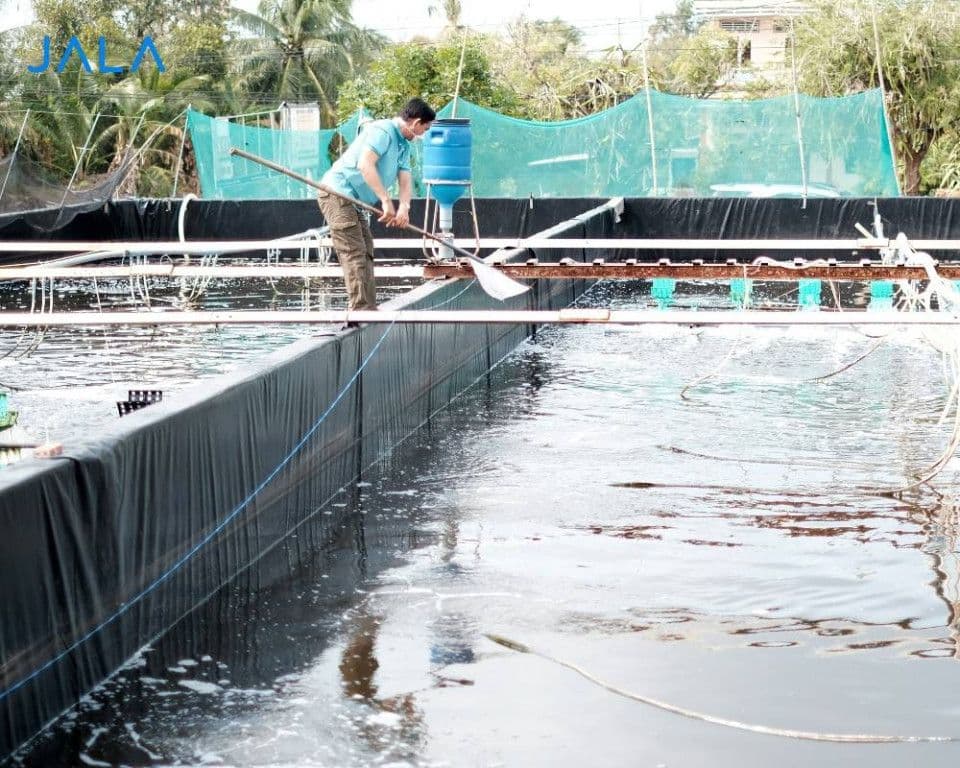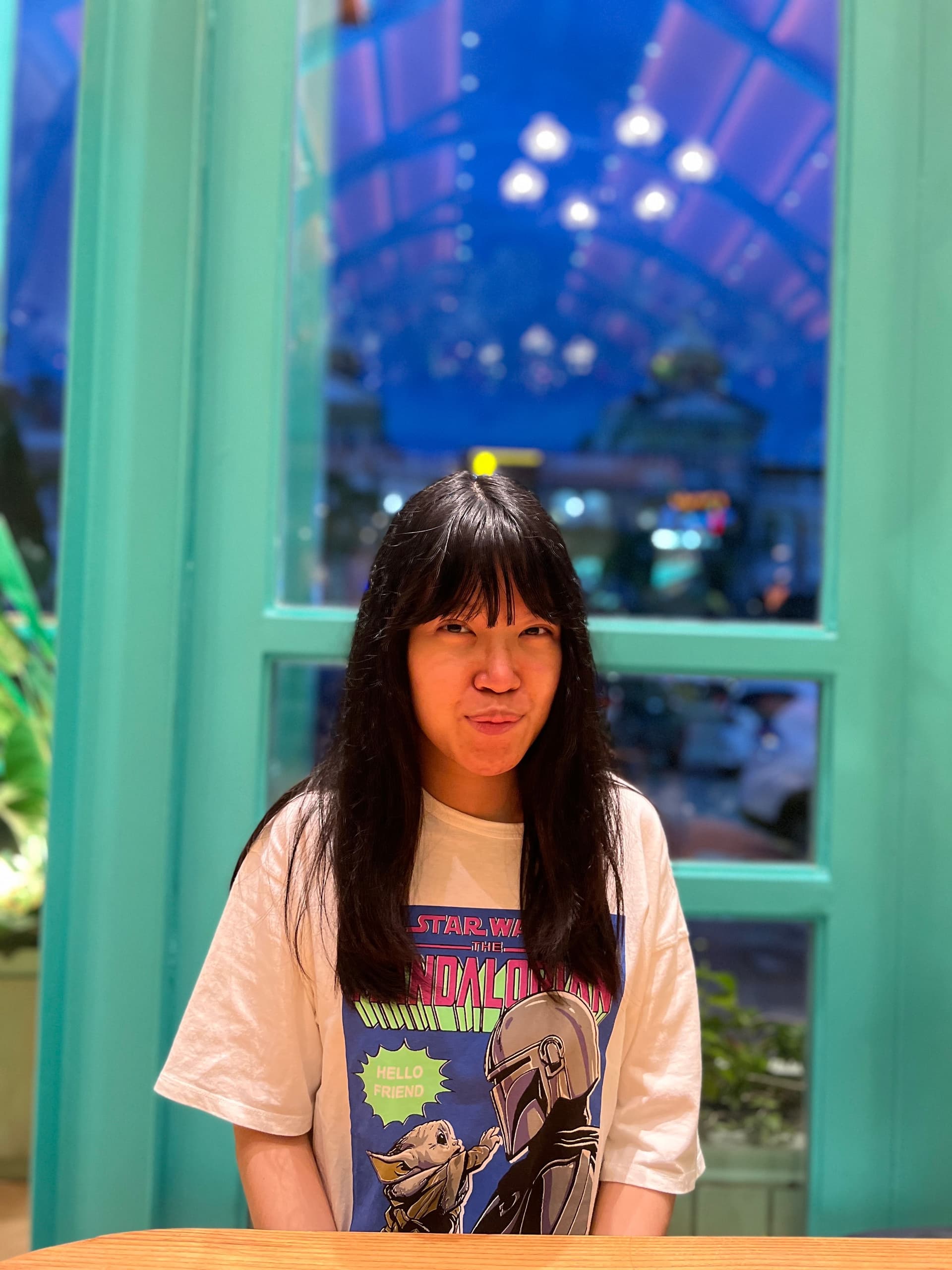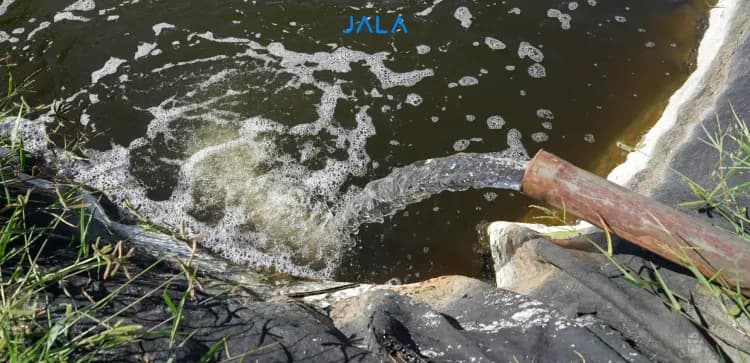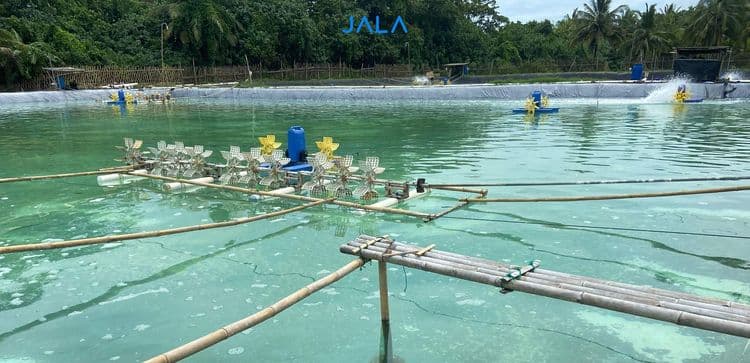
Biosecurity is an essential aspect for shrimp farmers to remember in every stage of their cultivation. With proper biosecurity measures, the introduction and spread of pathogenic organisms into the cultivation ecosystem can be mitigated. Thus, these steps should be the priority of every shrimp cultivation.
One of the purposes of biosecurity is pest prevention. Pest refers to all organisms living and growing where they are not wanted. They can cause damage and loss to shrimp farms. In shrimp cultivations, pests can be categorized into 3: predators (shrimp-eating organisms), competitors (competing for area and food), and damaging pests. Biosecurity measures need to be chosen based on the pest category.
Biosecurity to prevent predators
Predators that may be present in shrimp farmers include some types of fish, lizards, snakes, and sea birds. Predator fish stock can be found in water introduced into shrimp ponds, while wild animals can gain entry if the farm is not walled.
Prevention of predators can be done with the following biosecurity measures:
- Water sterilization before every cultivation cycle to remove predatory fish and pathogenic organism stock
- Application of 15-20 ppm saponin to remove predatory fish stock, apply during the day for maximum effectiveness
- Installation of bird spikes from strings or ropes to prevent sea birds from landing on ponds
- Installation of fences surrounding the pond to prevent wild animals from entering
Biosecurity to prevent competitors
Pests that compete for resources in the farm include tadpoles, herbivorous fish, or other shrimp. The competition for sufficient oxygen, feeding area, and food source threatens shrimp growth and cultivation productivity.
Prevention of competitors can be done with the following biosecurity measures:
- Water sterilization before every cultivation cycle to remove competitor stock
- Water filtration to prevent any competitors
Biosecurity to prevent damaging pests
Cultivation facilities can be damaged by crabs that destroy embankments and puncture holes in plastic layers at the bottom and walls of the pond. Just like predators, crab stock can be introduced into ponds through water or open spaces around the farm.
Prevention of damaging pests can be done with the following biosecurity measures:
- Installation of nets surrounding the pond to prevent crabs from entering
- Changing farm foundation or pond walls with concrete or cement
Other important notes for farmers
Aside from the measures mentioned above, make sure to do regular controls or inspections around your farm to take the necessary actions upon finding pests. Moreover, be reminded that pesticides should not be used as they kill natural food sources, thereby hindering shrimp growth. The water quality at the bottom of the pond will also be compromised and wastewater which contains pesticides will damage the surrounding environment.
If you decide to do chemical treatments for pests, use just as needed and make sure the chemicals do not make it outside of your farm to conserve the surrounding environmental balance.
Avoiding pests is one among many forms of biosecurity in the farm. Don’t forget other important biosecurity measures such as determining the proper stocking density, using SPF and SPR stocks, and implementing strict sanitation protocols for all workers that carry out activities in the farm.





